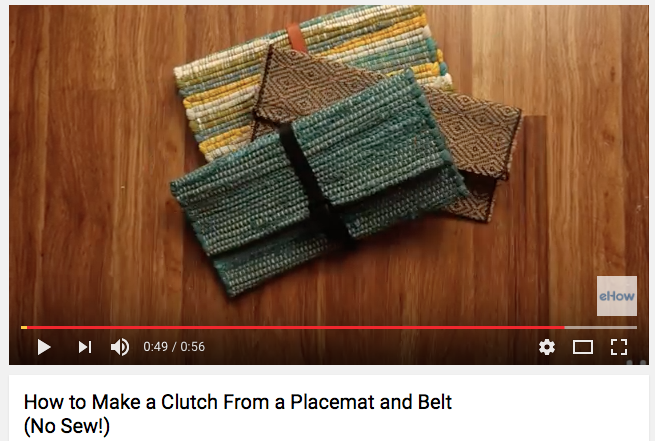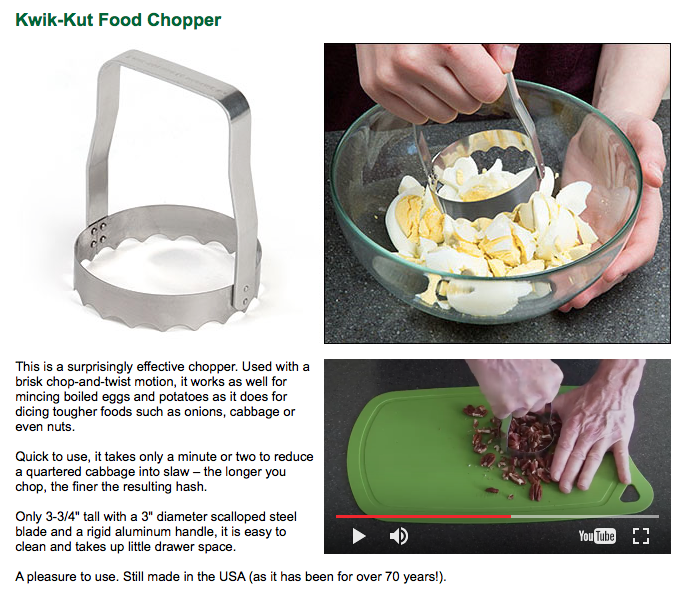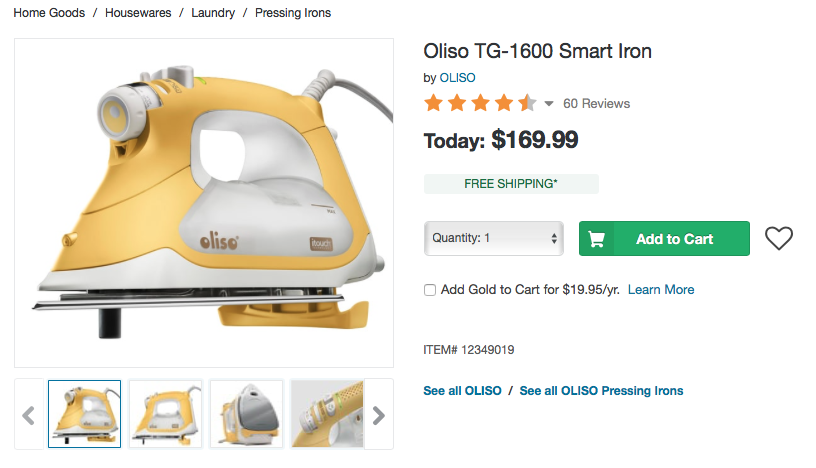Every business has at least one target audience — a key group of people who want or need the products it sells. These audiences are defined by standard factors, such as demographics and interests. Within those groups, though, are characteristics of shoppers that aren’t necessarily trackable by analytics software.
To gain a real foothold online, you have to look beyond what Google tells you. For example, if wearable fitness trackers were marketed solely to 40-something men who were highly active, we wouldn’t have seen more than 23 million units shipped in the third quarter of 2016. Instead, savvy brands target both the young and old, the lazy and the fit, even those recovering from ailments.
Some brands have brought schools and workplaces into the buying population. In short, multiple target audiences, each one marketed to by the right means, is why fitness bands and smart watches are sold in so many types of stores and to so many different kinds of consumers.
No matter what you sell, there are likely specific groups of people you’re ignoring. Here are five prime ones to consider focusing on in the coming months.
5 Groups of Shoppers You’re Likely Ignoring
More than half of those who will be attending college this year. The back to college shopping season is just kicking off, and the majority of online stores are targeting college-bound teens who will be living in a dorm room. However, nearly 55 percent of those returning to college don’t fit that demographic. They will be living in a home or an apartment. Twenty percent are over age 30, which means they are more apt to be intrigued by products that help them organize and add value to their lives.
How to entice the older, college-bound demographic? Put more focus on simplicity and quality, rather than just overall price. Plus, offer unique solutions to problems they might not have already identified.

A floating desk could be an ideal product for a 30-something mom returning to college. Conveying the problem the product solves is key. Source: Wayfair.
DIYers and “life hackers.” These are people who love to use products for alternate purposes. Life hacks, as they call them, and do-it-yourself sites are online staples to millions of people. By recognizing alternate uses for various product lines you can target an entirely separate group of people. Integrate these alternate uses in product images, video (some you can just embed from YouTube) and descriptions to help seal the deal.

A site that sells home goods could feature a video that shows alternate uses for placemats. In this case, one that shows how to turn one into a purse. Source: YouTube.
How to speak to the inner-DIYer? Search for other uses of products; chances are you’ll find several. Then, stage photos and video or ask bloggers if you can include ideas on the product page. If you embed content from another site, use a script or third-party tool to notify you if that content changes or goes missing. At the least include a bullet point that says, “As seen at/on….” This helps further validate the product itself.
The wannabe minimalists. How do you sell more to people who have a desire to own less? By proving the real value of the product. This is great for items that replace the need for several others, or for products that can easily be put out of site (like the floating desk above).

The Kwik-Kut kitchen tool can be used to chop everything from eggs to nuts, as well as cut biscuits, dice onions and break up meats. Source: Lee Valley Tools.
How to grab their attention? Use trigger words that convey organization, multiple uses, quality and long lasting. These types of shoppers focus more on the value a product will have in their lives rather than the upfront cost.
The ones who prefer locally made. Display prominent labels on pages for products that are made in your local country or state. A simple “Made in the USA” badge, for example, can often help close the sale!
The ones who have everything, but aren’t spendthrifts. These types of shoppers usually have to be convinced that the product is better than one they already have. They are looking for all the key features and full details. They need to see large, zoomable images and video and read customer reviews to find out what others like them think about the product.

Give good reasons to replace a product that already works. This iron requires little effort, and that’s a big selling point.
How to close the sale? Put great focus on proprietary features and improvements, as well as five-star customer reviews. The ability to compare similar products here is a big plus.
Beyond Analytics
Identifying target audiences is crucial in every aspect of doing business online. Focusing also on more specific groups of people is the cherry on the top. By speaking on a more personal level based on interests and behaviors standard data doesn’t reveal, you are able to convert more niche audiences — shoppers that are more apt to share your products and introduce you to their friends.




